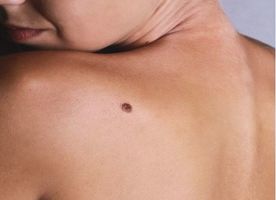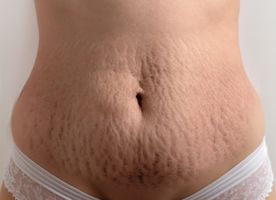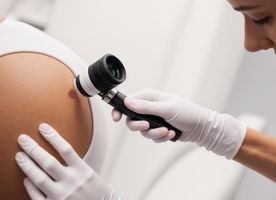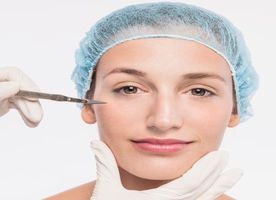Skin Biopsy in South Africa
Search and Compare the Best Clinics and Doctors at the Lowest Prices for Skin Biopsy in South Africa






Skin Biopsy at UCT Private Academic Hospital in Cape Town, South Africa





Skin Biopsy at Netcare N1 City Hospital in Cape Town, South Africa
Our partner clinics in are accredited by the following associations















































































































































No Time?
Tell us what you're looking for and we'll reach out to the top clinics all at once
WHY US?















































































































































No Time?
Tell us what you're looking for and we'll reach out to the top clinics all at once
How Long Should I Stay in South Africa?
A skin biopsy usually takes around 15 minutes to complete. It is an outpatient procedure, so you can leave the hospital on the same day as your skin biopsy. However, since the results are available within several days or weeks, you need to stay in South Africa for at least 7 days following your biopsy. Once the result is available, you will need to attend a follow-up visit to discuss the results of the test with your doctor.
What's the Recovery Time?
In general, you should rest as much as possible for the remainder of the day and go back to your normal activities the day after. However, you need to take it easy and avoid vigorous activities for a few days to avoid complications. How long it takes your biopsy site to heal depends upon the depth and size of the biopsy, which may take about 2 to 3 weeks.
What About Aftercare?
Following the biopsy, your doctor will give you aftercare instructions. Follow the instructions carefully for a quick and smooth recovery. You may experience some soreness on or around the biopsy site for a few days, but you can take Tylenol to relieve any discomfort. If you have stitches, make sure to keep the area clean. Try not to do any activities that might stretch the skin as it could enlarge the scar and cause the wound to bleed.
What's the Success Rate?
A skin biopsy is a safe and accurate method to diagnose skin conditions and diseases. The accuracy of a shave biopsy is 97%, while a punch biopsy is shown to be 85% accurate. The result of a skin biopsy is highly dependent on the quality of the biopsy submitted. It is possible to miss the diagnosis of a skin tumour.
The result of your skin biopsy will include a diagnosis and a description of the skin condition. If the sample is found to be cancerous, the description will include information about how quickly the cancer cells are dividing, the thickness and margins of the tumour, the presence of tiny tumours near the main tumour, as well as invasion of the tumour into a nerve, blood vessel, or lymph vessel.
While a skin biopsy is a generally safe procedure, complications can still occur. These include bleeding, bruising, infection, scarring, and allergic reaction to the anaesthesia.
Are there Alternatives to Skin Biopsy?
A skin biopsy is needed to diagnose and treat skin conditions and diseases. There are currently no other alternatives to diagnose skin cancer and other serious skin conditions.
What Should You Expect Before and After the Procedure
Before a skin biopsy, your doctor may not know for sure the skin condition or disease you have. After the biopsy, your doctor will be able to diagnose or rule out skin cancer. This allows them to help create a treatment plan for you. If your doctor removed an entire lesion, then the biopsy may have also cured cancer.
This information has been accurately sourced and verified by a medical professional for its accuracy, however, we strongly recommend you to consult with your doctor before pursuing medical procedures overseas.









